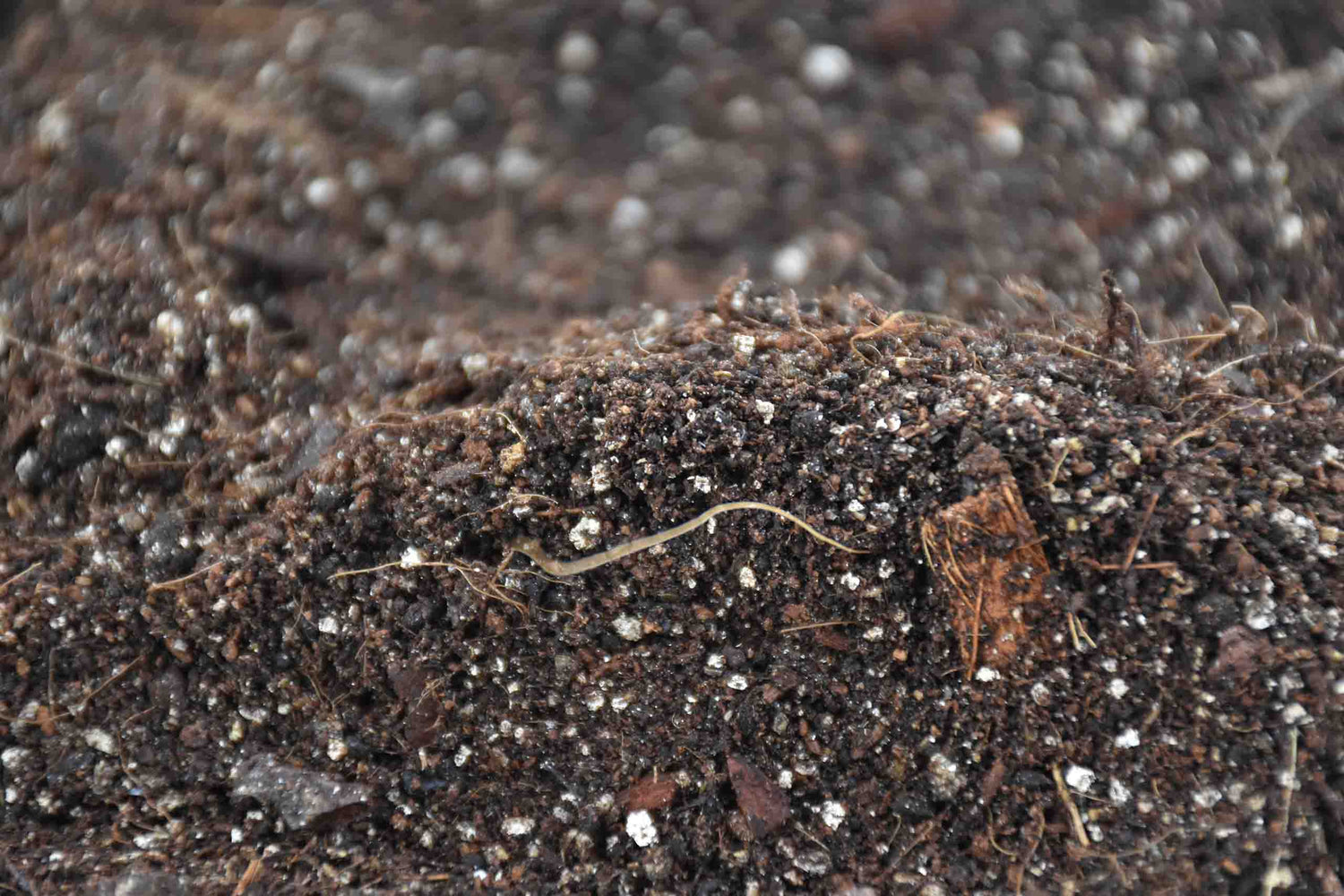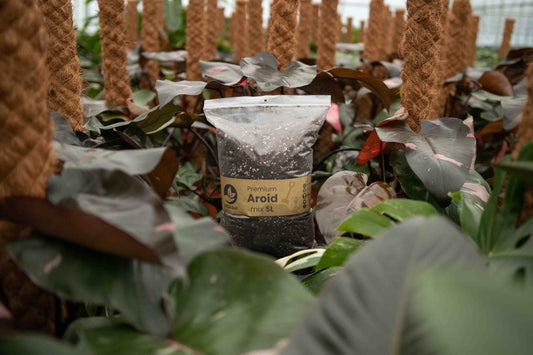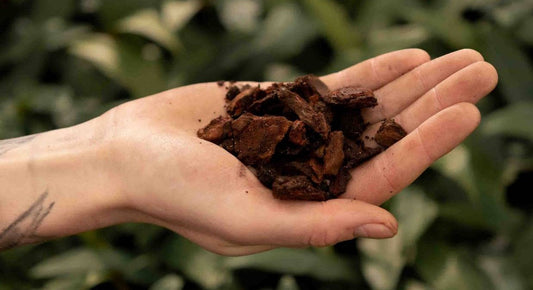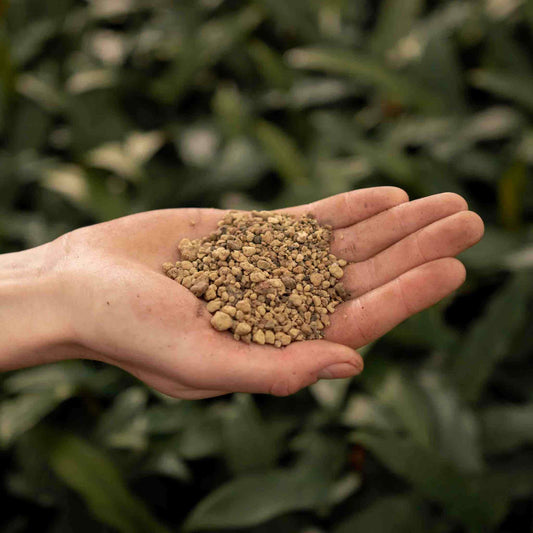Choosing the right medium for Monstera is a big win. In nature Monsteras climb trees, send out aerial roots, and live among leaf litter with lots of airflow. Indoors they thrive in an airy, chunky mix that holds moisture without staying soggy. For a ready-to-use option, our pick is Sybotanica’s aroid mix for Monstera and Philodendron, which balances coco coir for moisture with bark and husk for air around the roots.





